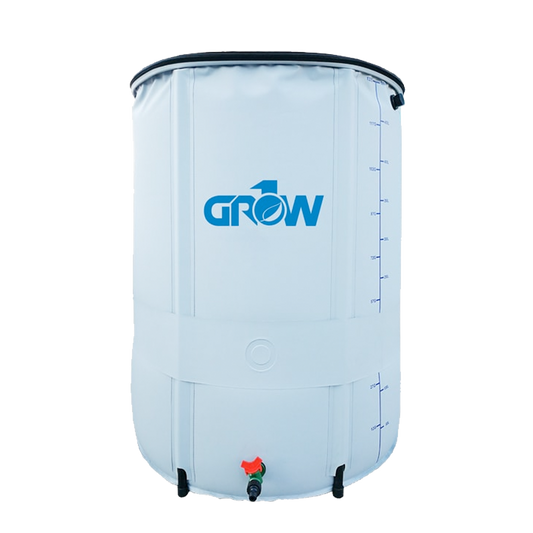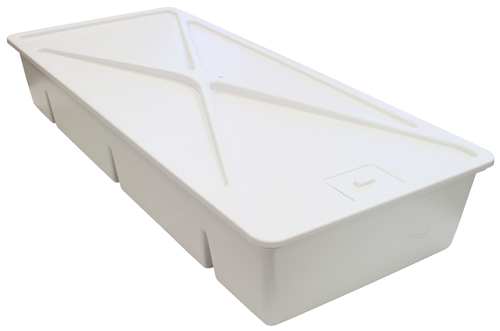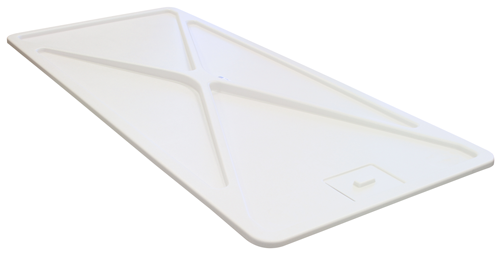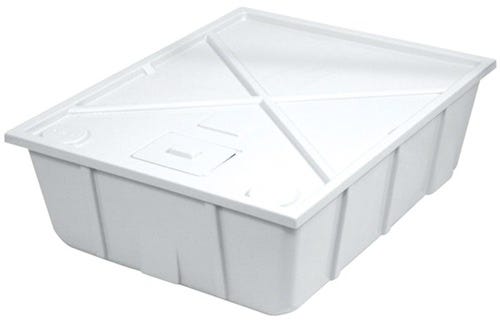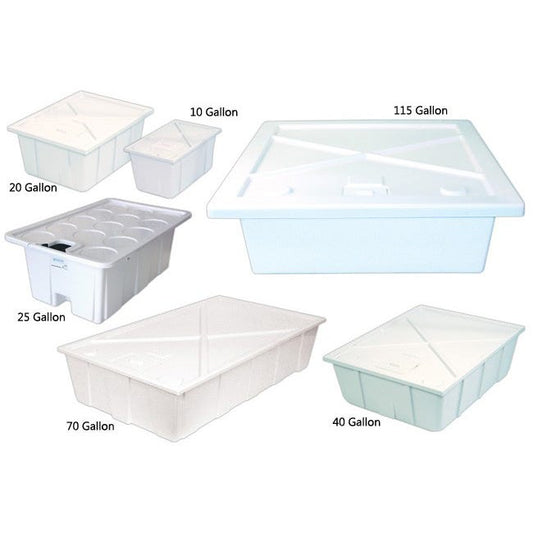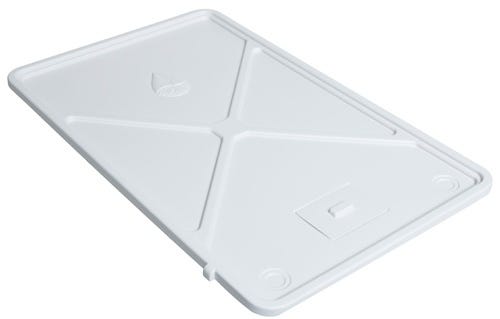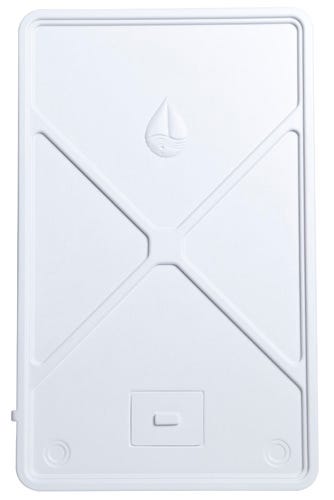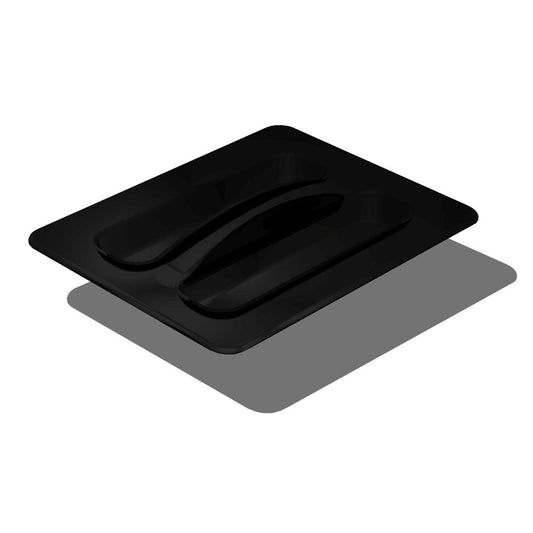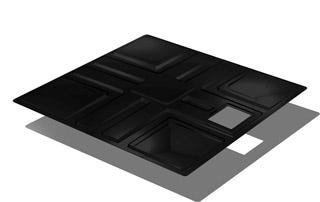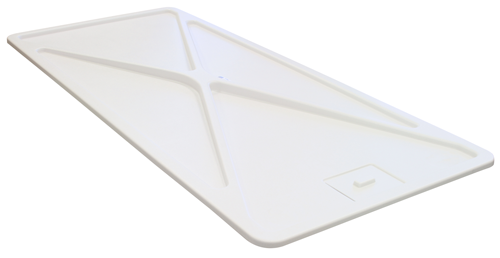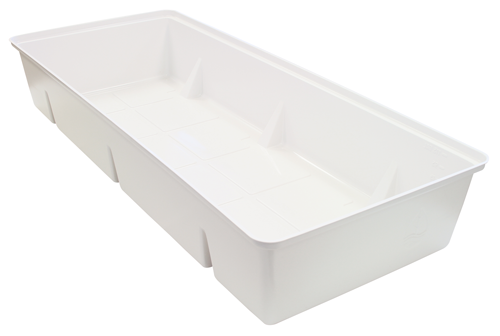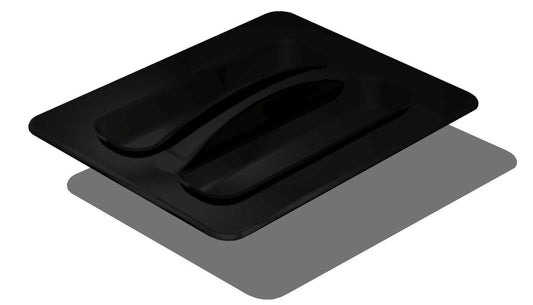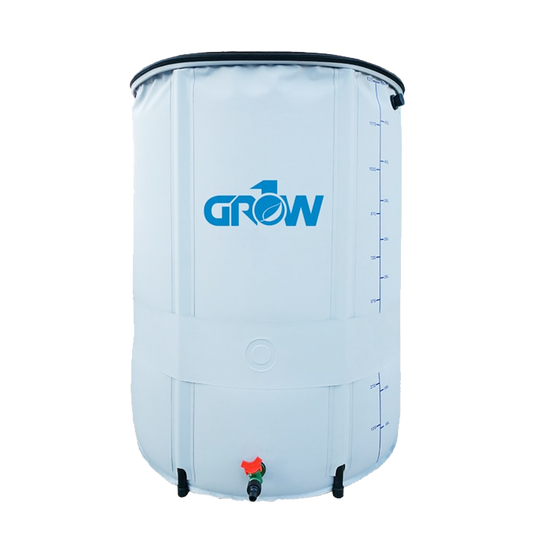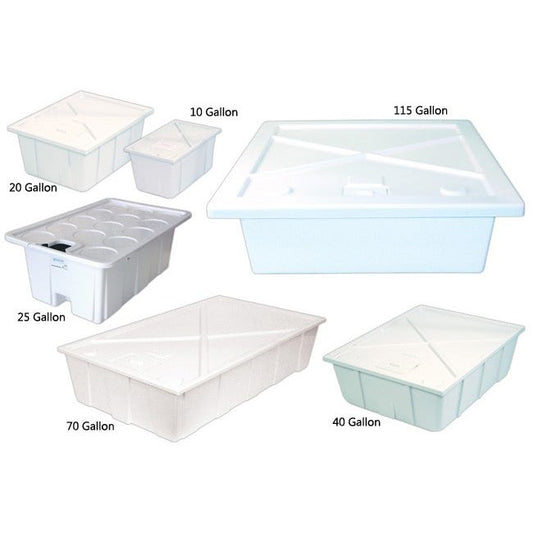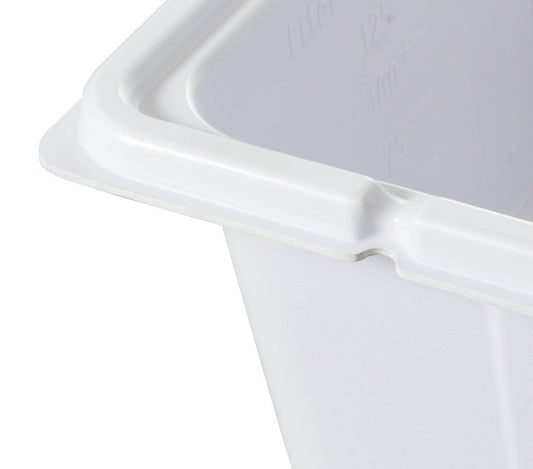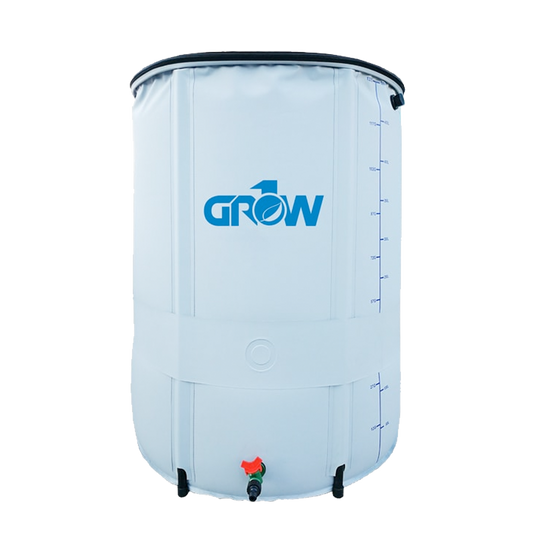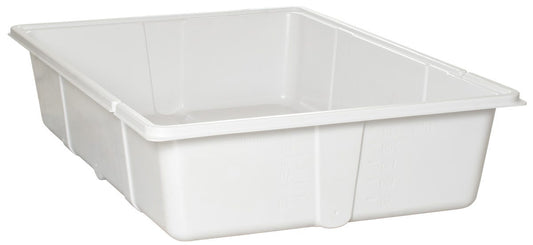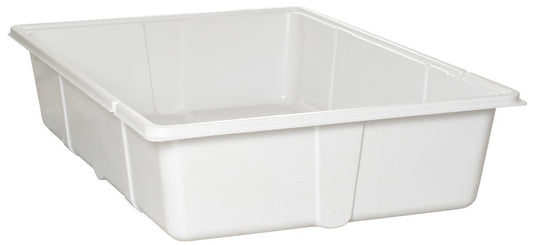Water Tanks
Secure reliable water storage with hydroponic water tanks for greenhouses, indoor farms, and vertical growing. Durable reservoirs simplify irrigation and support consistent, high-yield production.
-
Grow1 Collapsible Reservoir - 105 Gallon
Vendor:DL WholesaleRegular price $146.58 USDRegular priceUnit price / per -
Botanicare Reservoir -- 115 Gallon Bottom - White
Vendor:BotanicareRegular price $266.58 USDRegular priceUnit price / per -
Botanicare Reservoir -- 40 Gallon Resevoir Bottom - White
Vendor:BotanicareRegular price $112.00 USDRegular priceUnit price / per -
Botanicare Reservoir Lid -- 40 Gallon Resevoir Lid - White
Vendor:BotanicareRegular price $70.17 USDRegular priceUnit price / per -
Active Aqua Black Port Hole Cover - Fits All Size Reservoirs
Vendor:Active AquaRegular price $2.65 USDRegular priceUnit price / per$44.31 USDSale price $2.65 USDSale -
Botanicare Reservoir Lid -- 115 Gallon
Vendor:BotanicareRegular price $167.65 USDRegular priceUnit price / per -
Active Aqua 75 Gal Black Reservoir Lid
Vendor:Active AquaRegular price $51.69 USDRegular priceUnit price / per$96.99 USDSale price $51.69 USDSale -
Grow1 Collapsible Reservoir - 265 Gallon
Vendor:DL WholesaleRegular price $261.58 USDRegular priceUnit price / per$275.00 USDSale price $261.58 USDSale -
Grow1 Collapsible Reservoir - 13 Gallon
Vendor:DL WholesaleRegular price $48.25 USDRegular priceUnit price / per$60.00 USDSale price $48.25 USDSale -
Botanicare Reservoirs Lid -- 70 Gallon Lid
Vendor:BotanicareRegular price $114.02 USDRegular priceUnit price / per -
55 Gallon Blue Barrel with Lid - Food Grade - NO LONGER AVAILABLE
Vendor:Titan ControlsRegular price $119.98 USDRegular priceUnit price / per -
Botanicare Reservoir -- 70 Gallon Bottom - White
Vendor:BotanicareRegular price $226.73 USDRegular priceUnit price / per -
Active Aqua 20 Gallon Premium White Reservoir Cover
Vendor:Active AquaRegular price $5.03 USDRegular priceUnit price / per$58.99 USDSale price $5.03 USDSale -
Grow1 Collapsible Reservoir - 26 Gallon
Vendor:DL WholesaleRegular price $58.25 USDRegular priceUnit price / per$70.00 USDSale price $58.25 USDSale -
Active Aqua 70 Gallon Premium White Reservoir Cover
Vendor:Active AquaRegular price $19.23 USDRegular priceUnit price / per$142.99 USDSale price $19.23 USDSale -
Active Aqua 115 Gallon Premium White Reservoir Cover
Vendor:Active AquaRegular price $79.69 USDRegular priceUnit price / per$200.99 USDSale price $79.69 USDSale
Water Tanks
For Hydroponics, Greenhouses & Indoor Farms
Secure a reliable water supply with GrowersHouse’s water tanks—durable, food-safe reservoirs designed for hydroponic systems, greenhouses, indoor farms, and vertical growing. Engineered for long-term reliability and easy plumbing, these tanks stabilize irrigation schedules, reduce waste, and support consistent moisture management for strong root development and higher yields. With robust materials, threaded bulkheads, and clear volume markings, our hydroponic water tanks integrate seamlessly with pumps, filters, and controllers to streamline daily operations and simplify maintenance...
Benefits
- Reliable storage buffers peak demand, protects against pressure drops, and stabilizes irrigation timing for predictable production.
- Cleaner water reduces sediment and biofilm, helping prevent clogged emitters while protecting pumps, valves, and drippers.
- Supports stable EC/PPM and pH, improving nutrient availability and overall plant vigor.
- Modular capacities scale with your facility—expand storage without disrupting existing layouts.
Best Uses
- Central reservoirs for recirculating hydroponic systems and automated fertigation.
- Day tanks paired with dosing, pH control, and monitoring equipment for precise irrigation events.
- Buffer tanks for RO or filtered water to ensure steady supply during high-demand cycles.
- Staging clean water for flushing, sanitation, and seasonal solution turnover.
Types of Water Tanks
- HDPE/Poly Tanks: Food-safe, UV-stabilized bodies for long service life in controlled environments.
- Collapsible/Modular Reservoirs: Space-saving, quick to install, ideal for tight rooms and mobile layouts.
- IBC Totes & Cube Tanks: Pallet-ready, high-capacity storage for centralized nutrient or RO water.
- Low-Profile/Under-Bench Tanks: Preserve floor space while keeping service points accessible.
- Conical-Bottom Tanks: Faster sediment removal and cleaner, quicker change-outs.
Frequently Asked Questions
What is the best water source for hydroponics?
Reverse osmosis (RO) or properly filtered water with a low starting EC/PPM offers the most control. It minimizes scaling, stabilizes pH, and allows precise nutrient recipes.
Is tap water ok in hydroponics?
Often yes, provided hardness and disinfectant levels are reasonable. Let chlorine dissipate or use carbon filtration; for chloramine, use catalytic carbon. If EC is high or variable, consider RO.
How often should hydroponic water be changed?
A common guideline is every 1–2 weeks, sooner if EC/pH drift, heavy uptake, or contamination occurs. Top off with clean water daily and sanitize tanks and lines periodically.
Why did farmers need to develop a system to control the water supply?
Control reduces drought and flood risk, ensures consistent moisture, improves nutrient delivery, and boosts resource efficiency—leading to stable yields and quality.
What is the purpose of a water tank in hydroponics?
A water tank stores and stabilizes clean water or nutrient solution, buffers demand during irrigation cycles, and serves as a central point for dosing, aeration, temperature control, and monitoring.

